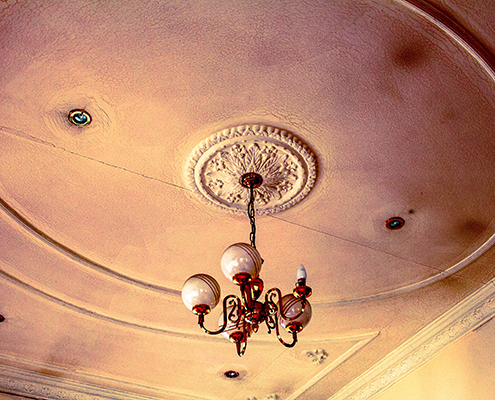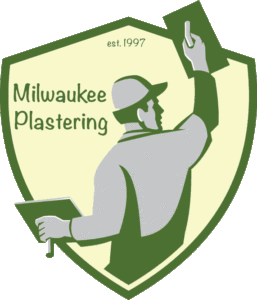Milwaukee Plastering’s History
The rich history of Milwaukee’s architecture and spirit is embedded deep into the history of Milwaukee Plastering. We love the beauty of the buildings and respect the craftsmen who were there before us.
Our roots started in 1992 when Master old-world craftsman Ivan Ellsworth mentored and trained owner Bert Kelley on the philosophy of old-world plastering. The “philosophy” of plastering is to apply oneself completely to every technique and push the limits of excellence and skill in the pursuit of mastery.
One of the pleasures of our pursuit is that we get to work in all sorts of old homes and buildings and trace the hand of the master craftsmen who were there before us. This means analyzing the patterns and techniques that were unique to their hand, looking critically and asking; “left or right handed, hard or soft trowel, wrist or shoulder rotation,” etc. In this way, one can come away with the satisfaction of knowing that the work was done with respect for the original craftsman, and it also happens to give excellent results!
We reach out to the Milwaukee community in many ways, through art, music and quality craftsmanship. Owner, Bert Kelley is dedicated to restoring Milwaukee to its historic beauty, and it is also helpful that he speaks both Spanish and German.
We are located in Milwaukee’s Bay View area, which is rich in artistic design and beauty. We have been accredited by the Wisconsin Better Business Bureau since 2004.
 The History of Stucco/Plastering
The History of Stucco/Plastering
The history of plaster also known as stucco is as old as time itself. One of the earliest signs of using plaster dates back to around 7,500 BC when people in Jordan were known to be using a lime-based plaster for interior walls, floors, and hearths. The craft has grown considerably since then with very few plasterers actually mastering the art of historical preservation.
We thought it would be interesting to show you a brief summary of the history of plastering as we know it.
- First signs of plastering 7,500 BC in Jordan with the use of primitive tools and lining the walls of rock, mud, stick homes with a lime-based plaster formation.
- Egyptian era- The Egyptians lined the walls of pyramids, palaces, and tombs to keep out the elements, this time using a mixture of lime and gypsum to cover the walls.
- Greek era, plastering advanced a little more and got its name. The word plastering is of Greek origin and actually, means ‘to daub on’. This was around 500 BC, at which time the Greeks began using a form of plaster to cover the temple walls so that paintings could be put on them.
- Which leads us to the Roman era, where the Romans began to use a mixture of modeled stucco, sand and lime to cover the walls of their buildings. They also created a number of new tools for the art.
- During the middle ages, gypsum plaster was used in a technique known as wattle and daub. In this technique, additions of oddities such as hair, feces, egg, and beer altered the elasticity and setting times.
- In the 16th century, scagliola, a plastering style developed in Bavaria, that imitate colored marble became popular.
- In the 18th century, techniques improved and oil-based mastics became the new norm. It was molded easily and produced on a large scale.
- During the 19th century, gypsum plaster began to replace lime and therefore helped reduce the time the plaster took to dry.
